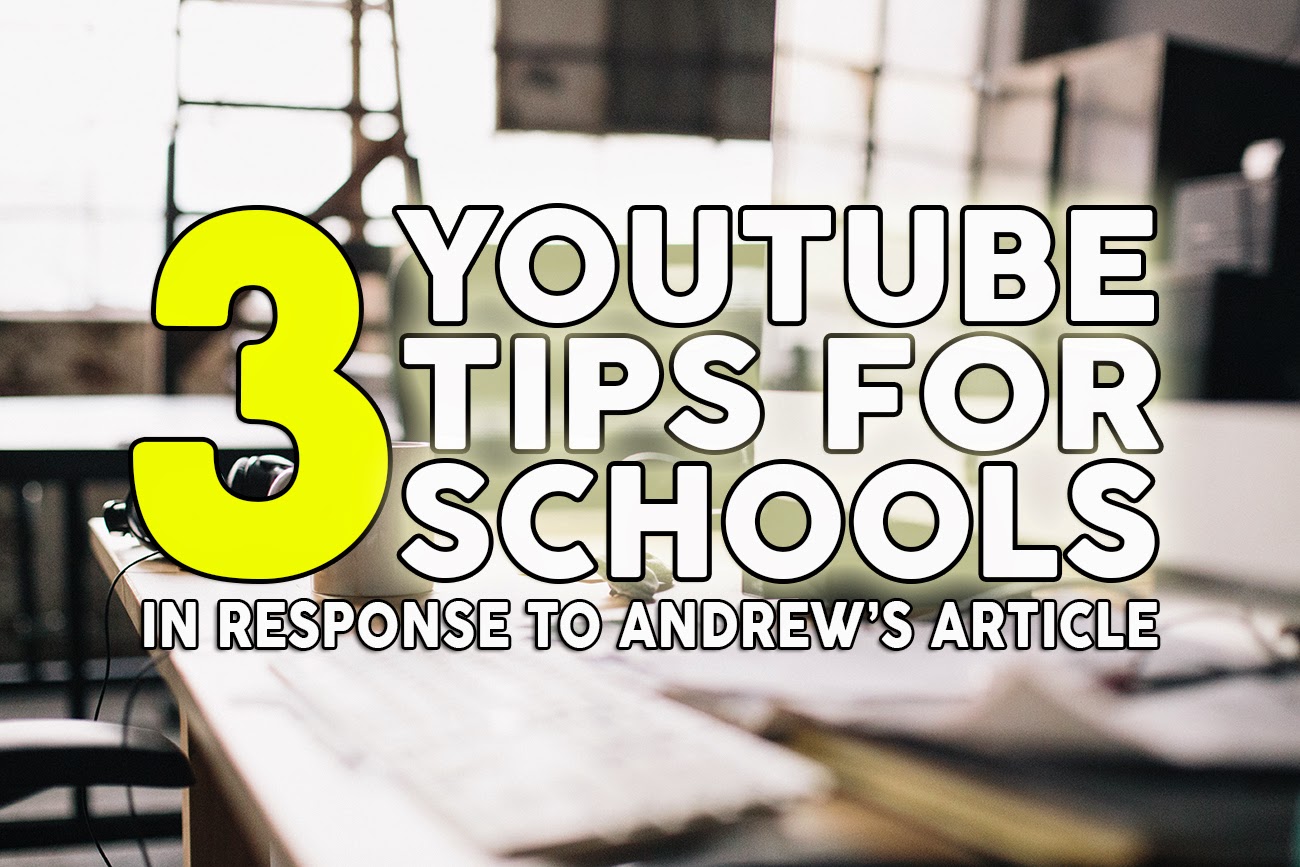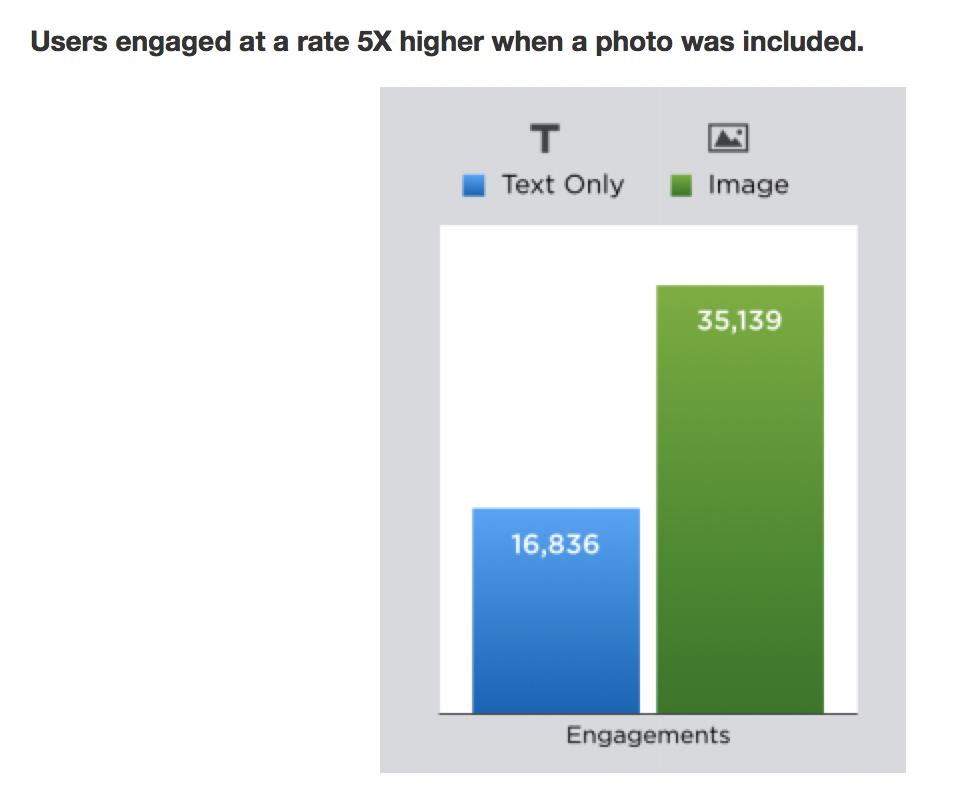Thirty minutes to film. Thirty minutes to edit. Many, many hours of social engagement.
Video has become a commanding force in social media and content marketing. Social media networks such as Facebook and Twitter love video. They have made this one of their top priorities when it comes to when and where your post will be seen, and how many people will see it.
We tend to forget that
COMPANIES like Facebook, Twitter and YouTube are businesses that want to make
MONEY. They are all attempting to boost their bottom line to bring the most value for their shareholders. The way they are doing this is by putting emphasis on
paid posts and promotions. However, there are a couple ways to still achieve
organic reach and engagement.
Video and posting links are a high priority on Facebook, and can still get you
impressions and engagement that make an impact. That is why video should be a high priority for your communications department in your district to put video on the top of your marketing strategy to-do list.
Video is not as complicated as many think. You can get a
HD video camera for under $300 and there are many inexpensive video editing software packages that can do great things. Spending large amounts of money is not needed anymore to create high-quality, engaging videos.
Recently our district participated in the
Hour of Code. We created a video for that event that took us thirty minutes to film and about thirty minutes to edit.
The video did great on both Facebook* and Twitter. It was a great way to engage our audience.
HOUR OF CODE VIDEO
Here are EIGHT TIPS on how to create the best video for social media:
FILMING
Close-Ups - the best shots that get the best engagement from your audience are ones that are close to the subject or action.
You want to capture the emotion of your subject. Emotion is can be seen through the eyes and your subjects facial expressions. Close-ups are usually defined as shots that are from the neck to the top of the subjects head.
Extreme Close-Ups - Extreme close-ups are even closer. I usually film these type of shots for
cutaways during videos. In my Hour of Code video I shot extreme close-ups of hands on mice and various computer screens to show the audience what was going on.
Action Shots - Static shots are boring. This is the MTV generation… I mean YouTube generation. They are use to
moving shots with quick cuts. Show your subjects doing something. It is much more interesting.
Interviews - You always want to get some thoughts from your subjects.
Student interviews are golden. People always love to see their students and children. They are usually much cuter than a teacher. However, you want to interview
grown-ups as well. They are your classroom experts. Interviews are great for voice overs during your film to give some added description of the scene.
EDITING
Quick Cuts - Don’t stay on one shot too long unless it is very important for your story. Remember, your audience gets bored very quickly.
Always change what’s on the screen.
Music - choose music that is fast-paced, and with some beats to it. I love to
cut my shots on the beat of the music. It creates some rhythm and makes the cuts look smoother. Be careful not to violate copyrights on music. A great resource for
free music is on YouTube itself. They have created a Audio Library that is free to use for videos.
Titles - put some titles at the beginning and end of your video. Introduce the video with a three to five second title, and then a
CALL-TO-ACTION at the end of your video. A perfect call to action would be a link to your district’s website.
Keep it Under Two Minutes - like I have said before, people bore very easily. Keep your videos short and sweet.
Tell your story and get out. I would even recommend to keep most of your videos under one minute. Quick videos are much better on social media.
The more videos you produce, the better you are going to get at creating high-quality stories. You can even use your smart phone at first. Let me know how it goes. I would love to see what you create.
* Upload to YouTube, but
post your video directly on Facebook (not a link to YouTube). You will see much better engagement and impressions.







































